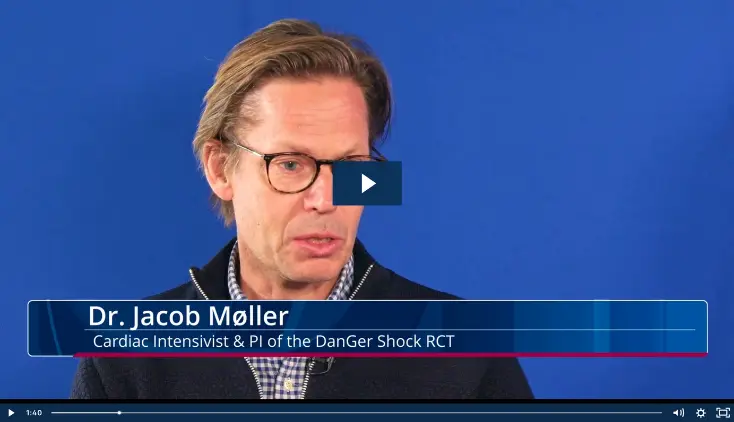Clinical Research & Data, Protected PCI
Excellent High-risk PCI Outcomes in a Community Setting
Mihas Kodenchery, MD, and Laura Rodriguez, NP, discuss their practice and data they recently presented on 76 high-risk PCI patients. Kodenchery and Rodriguez are members of the heart team at Methodist Physician Group in Merrillville, Indiana.
Dr. Kodenchery describes his practice as “a traditional community practice” where every day he does procedures, sees patients, and does rounds. Laura Rodriguez, a nurse practitioner in the practice, sees patients in the clinic and provides education and post-PCI follow-up care.
Dr. Kodenchery specializes in mechanical circulatory support and high-risk PCI procedures and is involved, directly or indirectly, in the care of most high-risk PCI patients in the practice. He explains that his role evolved in 2019 when patients with serious disease needing open heart surgery were unwilling to travel to the tertiary care center to which he’d refer these patients. He began to explain the option of high-risk PCI within the community setting to his patients and has since become a high-volume provider who sees very low vascular complication rates.
“The use of the mechanical circulatory devices changed everything,” Dr. Kodenchery tells interviewer Ken Kasica, “and that gave me the courage to do these cases.” He explains that when he began doing a high volume of cases, every patient he treated was evaluated by a second interventional cardiologist and every patient saw a cardiac surgeon who either offered surgery that the patient declined, or turned down the patient for surgery.
Dr. Kodenchery states that when he started to do high-risk PCI cases on a regular basis, mortality was lower than many of the open-heart cases happening in the same hospital. In 76 cases that he performed, overall predicted mortality was 10.6% and actual mortality was 3%. These patients were classified as elective, urgent, or emergent, with most of the patients being elective or urgent. Dr. Kodenchery emphasizes that actual mortality was only 1% in these 76 patients if emergent cases (e.g., STEMI and cardiogenic shock interventions) were excluded.
“With the available technology, the coronary interventions are becoming standard of care,” he explains. “And even when it comes to multi-vessel disease, high-risk PCIs, our mortality and morbidity, at least in the short-term, is very favorable and comparable, or sometimes even better than a lot of open-heart data that is now out there.”
From the nurse practitioner’s standpoint, Laura Rodriguez concludes, “I think that what is very important is that the patient has a choice.” She emphasizes the importance of educating patients about their treatment options so that they can make a good, informed decision. “They need to understand that there is emerging great technology that can save them a very invasive surgery.”
NPS-2944


